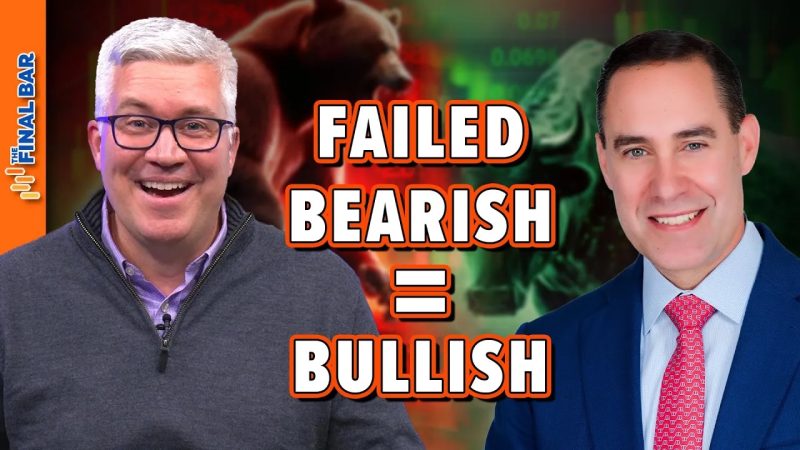Failed Bearish Patterns are Bullish for S&P 500
In the world of stock market trading, patterns are often used as indicators to predict future price movements. While many traders focus on bearish patterns as signals for a potential downturn in the market, there is an interesting phenomenon that suggests otherwise – failed bearish patterns can actually be bullish for the S&P 500.
Bearish patterns, such as head and shoulders, double tops, and descending triangles, are typically seen as signals that the market may be due for a correction or a downward trend. However, when these patterns fail to materialize into actual price declines and instead lead to upward movements, it can signal strong bullish momentum in the market.
One reason why failed bearish patterns can be bullish for the S&P 500 is that they often result in short squeezes. A short squeeze occurs when traders who have bet against the market (short sellers) are forced to buy back shares to cover their positions as the price starts to rise instead of fall. This sudden buying pressure can drive prices even higher, creating a positive feedback loop that pushes the market up.
Additionally, when a bearish pattern fails to play out as expected, it can lead to a shift in market sentiment. Traders who were expecting a decline may start to cover their short positions and even reverse their trades to take advantage of the upward momentum. This influx of buying activity can further propel the market upwards, creating a self-fulfilling prophecy of bullishness.
Furthermore, failed bearish patterns can also indicate underlying strength in the market. If the market is able to shake off negative signals and continue to climb higher despite the presence of bearish patterns, it shows resilience and a strong appetite for risk among investors. This can attract more buyers and investors to the market, driving prices up even further.
It is important to note that while failed bearish patterns can be bullish indicators, they are not foolproof signals of an impending market rally. Traders should always consider other factors such as market fundamentals, economic indicators, and geopolitical events when making investment decisions.
In conclusion, failed bearish patterns can sometimes be a blessing in disguise for the S&P 500, signaling potential bullish momentum and market strength. By understanding the implications of these patterns and how they can influence market sentiment, traders can better navigate the ups and downs of the stock market to make informed investment choices.
